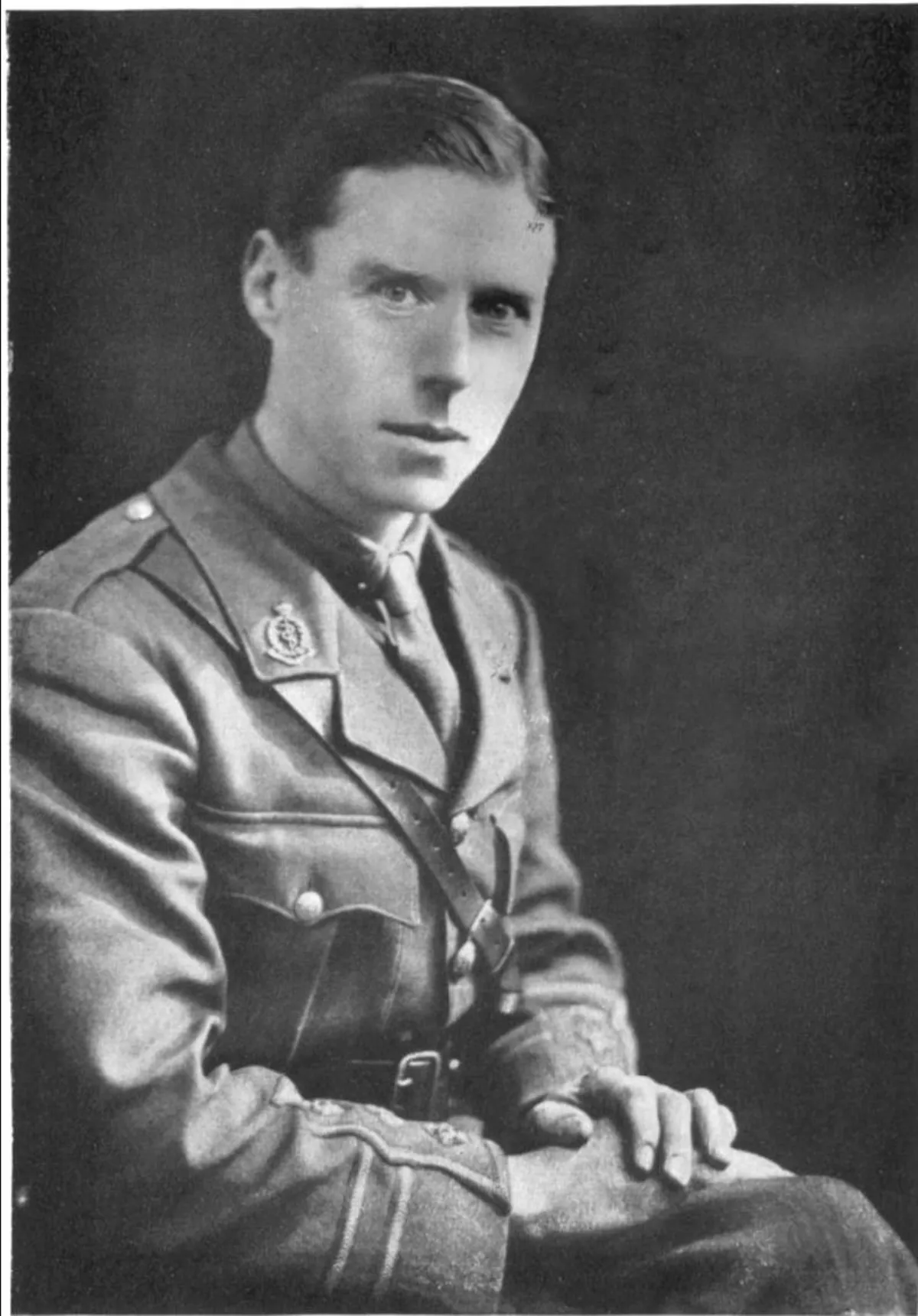 1.
1. Frederick William Twort FRS was an English bacteriologist and was the original discoverer in 1915 of bacteriophages.

 1.
1. Frederick William Twort FRS was an English bacteriologist and was the original discoverer in 1915 of bacteriophages.
Frederick Twort studied medicine at St Thomas's Hospital, London, was superintendent of the Brown Institute for Animals, and was a professor of bacteriology at the University of London.
Frederick Twort researched into Johne's disease, a chronic intestinal infection of cattle, and discovered that vitamin K is needed by growing leprosy bacteria.
The eldest of the eleven children of Dr William Henry Twort, Frederick Twort was born in Camberley, Surrey on 22 October 1877.
From 1894 Frederick studied medicine at St Thomas's Hospital, London.
In 1909, Frederick Twort became the superintendent of the Brown Animal Sanatory Institution, a pathology research centre, and remained there for the duration of his career.
Frederick Twort found that the major subgroups identified by sugar fermentation were not capable of clear-cut subdivision by tests on glucosides, nor even were they strictly separable by sugars.
Frederick Twort suspected that the leprosy bacillus had a 'close relationship' with the tubercle bacillus, a species that was culturable.
Frederick Twort researched Johne's disease, a chronic intestinal infection of cattle.
Frederick Twort, had for some years been trying to grow viruses in artificial media hoping to find a nonpathogenic virus, which might be the wild type of a pathogenic one, so more likely to grow.
In 1914, Frederick Twort set out to identify the elusive "essential substance" that would allow vaccinia virus to grow in vitro.
Frederick Twort speculated the contaminating bacteria might be the source of the "essential substance" needed by vaccinia to survive.
Frederick Twort plated some of the smallpox vaccines on nutrient agar slants and obtained large bacterial colonies of several colours.
Frederick Twort quickly realized these glassy areas were the result of the destruction of the bacterial cells and was able to pick from some of these areas and transmit this from one staphylococci colony to another.
Frederick Twort published these results in The Lancet in 1915 and called the contagion the bacteriolytic agent.
Supposedly after that point, Frederick Twort was inundated with routine and could no longer pursue his research.
When this proved to be unsuccessful, Frederick Twort went back to expanding his original idea that the bacteriolytic agents themselves needed an addition factor of a more exceptional nature to satisfy their fundamental needs.
Frederick Twort's distinguished contributions by research to the advancement of his subject.
Frederick Twort was allowed to store the research equipment at his home in Camberley.